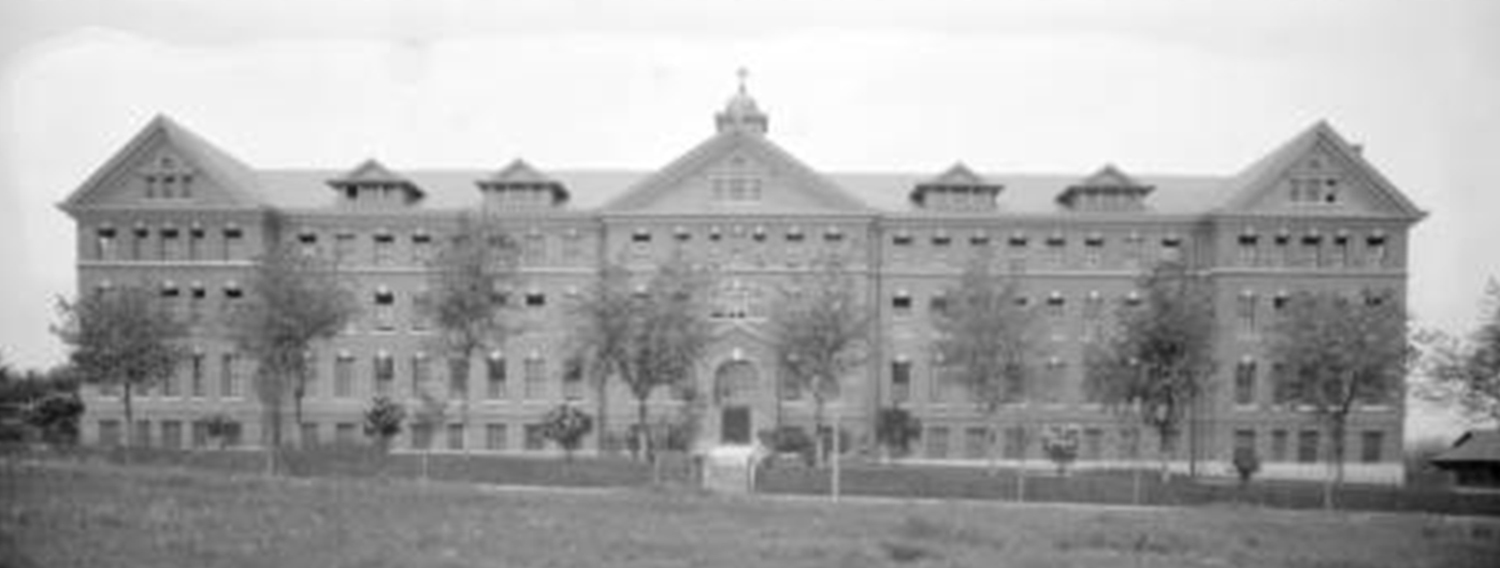
The St. Joseph Orphanage was established in 1908 by Milwaukee’s rapidly growing Polish-American community in order to care for children of Polish ethnicity. It operated under the direction of the Felician Sisters and housed both male and female orphans between the ages of three and sixteen. Herman J. Esser, a prominent local architect, designed the building in a simplified Colonial Revival/Georgian Revival Style. Multiple parishes joined together to raise the funds required to complete the orphanage, a remarkable achievement considering that Milwaukee Poles were primarily working class. Over the course of its history, the Catholic orphanage cared for at least 4,000 children and was one of the major Polish institutions in the city. Following World War II, society generally turned away from the traditional orphanage—which was increasingly seen as being old-fashioned, restrictive, and overly institutionalized—and embraced foster care and adoption as more humane ways to meet the needs of parentless children. By the 1960s, the number of children in the St. Joseph Orphanage averaged around fifty. In 1967, the orphanage discontinued its original mission and South Day Care Center of St. Joseph opened on the premise. Efforts to secure historic designation for the building were unsuccessful, and it was razed in 2001.
Michael Doylen
Assistant Director of Libraries
University of Wisconsin-Milwaukee
